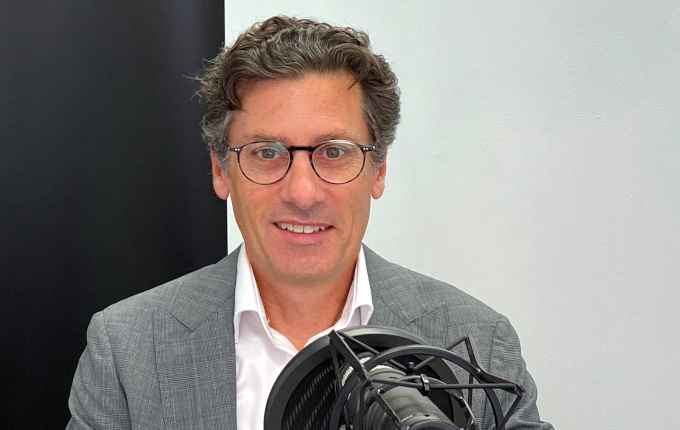An upcoming study looks at the active/passive debate in the light of the costs associated with hiring and firing fund managers.
Ever since Jack Bogle, the legendary founder of Vanguard, launched the first index fund in 1976 (the Vanguard 500 fund, which tracks the returns of the S&P 500 index, was the first passive fund that was marketed to retail investors), investors have debated whether passive investing is better than active investing.
Numerous studies have tracked the performance of mutual funds in the US and compared them with broad-based indices to argue either side of the debate.
But what is often lacking in this debate are the practicalities that asset owners face when switching in and out of investments, in particular the costs associated with manager termination and the effect on the overall investment performance.
An upcoming paper, ‘Selecting active managers: Skill, uncertainty and costly termination’, is aiming to model the influence of cost on the merits of active and passive investments and finds that the outcome isn’t as black and white as debaters like to portray.
“Often the debate about active/passive is highly polarised; you are either a believer or not. The truth is often somewhere in the middle,” Sean Anthonisz, Head of Investment Strategy at Mine Super and one of the authors of the paper, says in an interview for the [i3] Podcast.

Often the debate about active/passive is highly polarised; you are either a believer or not. The truth is often somewhere in the middle
Together with co-authors Dr Kristoffer Glover, Senior Lecturer, Finance Discipline Group, University of Technology Sydney and Mine Super colleague Wei-ting Pan, Senior Quantitative Analyst, Investment Strategy, Anthonisz developed a model that mimics the decision making process behind manager termination.
“[It] is a model where the investor is choosing a manager and they are ultimately determining through time: ‘Is this manager a good manager or not?’
“And that is indeed the problem that asset owners have; they choose an active manager and monitor performance, and if at some point performance isn’t sufficient they might make the decision to terminate,” he says.
“What our model is trying to do is capture that decision making process, but also the cost of termination.
“That is something in the debate which is often lost. People ignore it and it often becomes a manager by manager proposition. But that is not what asset owners do. We manage money for very long periods of time and we allocate to different managers through time,” he says.
The fees involved in termination, transition and reallocation should inform any decision to make changes to an investment portfolio, because it could erode the alpha captured from a particular allocation over time.
“For example, in small caps you would expect to see … higher informational inefficiency, but of course the liquidity is lower. So if the liquidity is lower then the cost of exiting that manager and transitioning can be a lot higher,” Anthonisz says.
“So there are some very interesting practical implications. One is that you don’t want to fire a manager too early, because the costs are so large and the cost must be integrated into the decision around firing,” he says.
Asset allocators should also spend more time on analysing whether a particular track record is the result of skill or mere luck. Although this isn’t always possible to determine with certainty, it is possible to estimate the probability of it being mere luck.
“We tend to be pretty good at point estimates in the industry. We are pretty good at saying: ‘We estimate that the alpha is 20 basis points per annum’.
“What we are not so good at is identifying what is the probability of that being true, or is it just chance?” he says.
To listen to the full podcast, please click here.
The paper, ‘Selecting active managers: Skill, uncertainty and costly termination’, is due to be published mid 2023.
__________
[i3] Insights is the official educational bulletin of the Investment Innovation Institute [i3]. It covers major trends and innovations in institutional investing, providing independent and thought-provoking content about pension funds, insurance companies and sovereign wealth funds across the globe.

